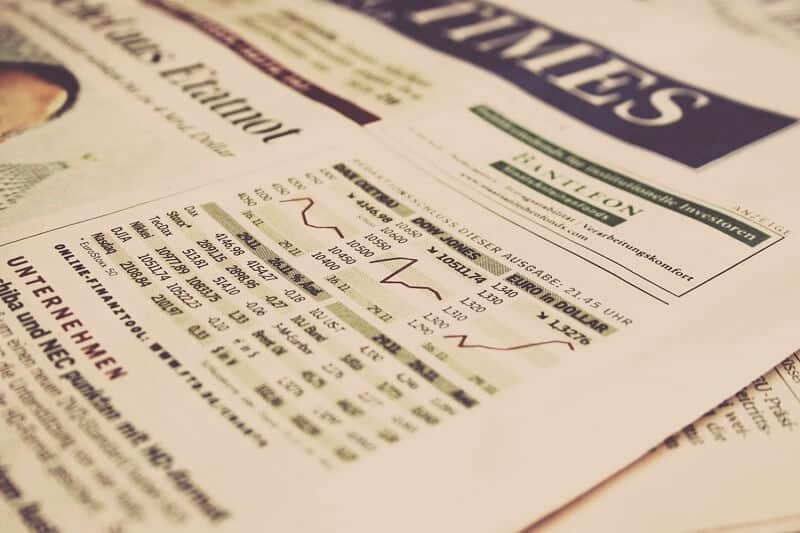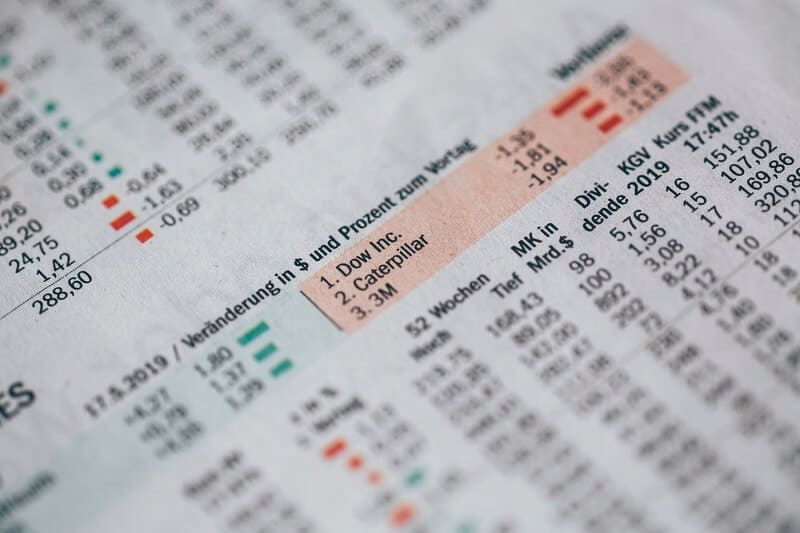
Robo-advisors are becoming mainstream, which is good news for investors who are looking for low-cost advice. Investors may find offers for socially responsible investment portfolios, fully digital financial planning tools.
Basically, the robo advisor portfolio is created by professionals using advanced investment algorithms. These programs enable them to pick investments’ selection that will meet your goals, level of returns you want, risk you are willing to take, etc.
In other words, robo-advisor is an algorithm that manages your portfolio. The benefit is that your money is invested efficiently. That means you have help to minimize your risk and taxes, hence, your rewards will be maximizing.
Robo-advisor can be a great alternative for all of you aren’t DIY types and prefer to rely on an experienced professional. The process is quite simple, all you have to do is to deposit your money into the robo-account. Some will allow you to start at just $500 or less. Based on your answers in questionnaires, for example, investing goals, risk tolerance, when will you need the money, your robo-advisor portfolio will be built. It will pick the assets, usually some low-cost ETFs, and create a suitable portfolio for you.
The robo-advisor portfolio is very popular these days, and it will be even more in the next few years.
Who makes the investment decisions for the robo-advisor portfolio?
Honestly, it is maybe the best way for Millennials that are terrified of the stock market, to start investing. With the robo-advisor portfolio, technology gave the opportunity. By using some robo-advisors you’ll be able to pick your stocks or funds on your own, that is one solution. The other is to allow professionals to build your investment portfolio.
The robo-advisor portfolio is handled by investment experts.
They make investment decisions for you. They can add or remove investment from your portfolio, or adjust exposure to a special asset class. Besides, you will have an automatic rebalancing to keep your portfolio from straying too far away from the allocation targets that are established. Your robo-advisor portfolio will be built to invest in the markets that give the greatest value.
How does a robo-advisor work?
Let’s say it is a service that uses algorithms, invest your money into suitable investments, make adjustments as your circumstances and the market development. And it will be done cheaper than any human professional investment advisor. The truth is that you may choose any asset class to invest in, but the majority of robo-advisors primarily invest in ETFs. Nevermind, it is easy to find one that is good for you in case you would like to invest in something different. Investing through robo-advisors provides you to take hold of your finances without learning about all outs or ins of bonds, stocks, ETFs.
Moreover, your robo-advisor portfolio is built for your personal goals, based on your personal expectations, so suitable only for you.
Robo-advisor helps you handle your investment without the need to ask a financial advisor or self-manage your portfolio. Everything needed is to open a robo-managed account and then add essential information about your investment goals. Robo advisors then use the data to provide asset allocation and build a diversified portfolio.
After that, it makes the changes to the investments required to adjust your portfolio to a target allocation. Some robo advisors are able to sell some assets at a loss to balance gains in other assets.
It is a low-cost software product that provides you to put your portfolio control on autopilot. But you must be well informed to decide whether it is best for your investing strategy.
Advantages of robo-advisors
Making a robo-advisor portfolio can be a great answer for beginners or young investors. Since they lack the financial knowledge it could be easy handling their portfolio online with limited or no human assistance. But it is also suitable for professionals who don’t have sufficient time to manage their investment and rather put their portfolio on “autopilot.”
Robo-advisors are helpful for investors who have a traditional asset allocation with 60% stock and 40% bonds, for example, to rebalance their accounts.
We would like to highlight the main advantages. The lower fees is one of them. For example, you want to invest $10.000. A professional advisor will charge you 1% or $100 every year no matter if your portfolio is going up or down. Moreover, if such recommends you mutual funds, which are costly, and stock trading, well it’s more likely you’ll end up in losses. By having a robo-advisor portfolio you will pay (with the same investment of $10.000) less than 0.50% or a lot below $50 which is a fee for ETFs, for example.
Maybe the main advantage of having a robo-advisor portfolio is that robo-advisors almost never demand a minimum balance. That gives anyone over the age of 18 possibilities to invest. Also, you will get a free automatic portfolio rebalancing. Just count how much you have to pay to some professional investment advisors.
Robo-advisors are accessible 24/7.
Disadvantages
A robo-advisor portfolio isn’t suitable for every investor. For example, some prefer humans. But some robo advisors will offer you live assistance at a higher cost, of course. But that kind of support is completely online, through the web. There is no live person to chat with you. So, if that is what you want, the robo-advisor isn’t for you. Also, investors who need advice on how much to save or how to allocate investments in other accounts would never use robo advisors.
Benefits of robo-advisor portfolio
It provides you to avoid investing errors, for example, emotional trading. That is one of the biggest causes of investors to get poor outcomes. Investors are trading led by emotions. The software will never do such a stupid mistake. The other benefit is that you can automate the whole investment process. Do you have to make changes to your portfolio? Is it time to invest less or more in some sectors? Is the right time to set trades? There is no need to worry about that. The robo-advisor will do all of these for you.
In fact, advisory companies require a tremendous amount to initially invest and you can be faced with a recommendation that isn’t in your best interest. Robo advisors will never do such a thing.
Bottom line
It is more likely that your robo-advisor portfolio will consist of mutual funds rather than stocks since it follows a passive investment strategy based on modern portfolio theory. You know that theory, we wrote about it already, it is about the importance of asset allocation to stocks or bonds.
Robo-advisors will rebalance your investments automatically. That is a nice feature if the balances of your investment change from your initial pick. The software will buy and sell shares to rebalance the robo-advisor portfolio to your favored allocation. For example, you started with a 60% stock and 40% bond asset allocation.
But stocks increased the value and your portfolio percentages grow to 80% stocks and 20% bonds. The software will sell some stocks and buy more bond funds to rebalance your portfolio. You will have your portfolio with a 60% stock and 40% bonds.
Moreover, robo-advisors will sell losing investments and replace them with some others, to offset gains and lessen your tax bill. This strategy for taxable investment accounts is known as tax-loss harvesting. If you are seeking low-cost managing for your investments and alternative to a traditional high fee financial advisor, a robo-advisor can be the right choice for you. Even if you’re a DIY type of investor.



















